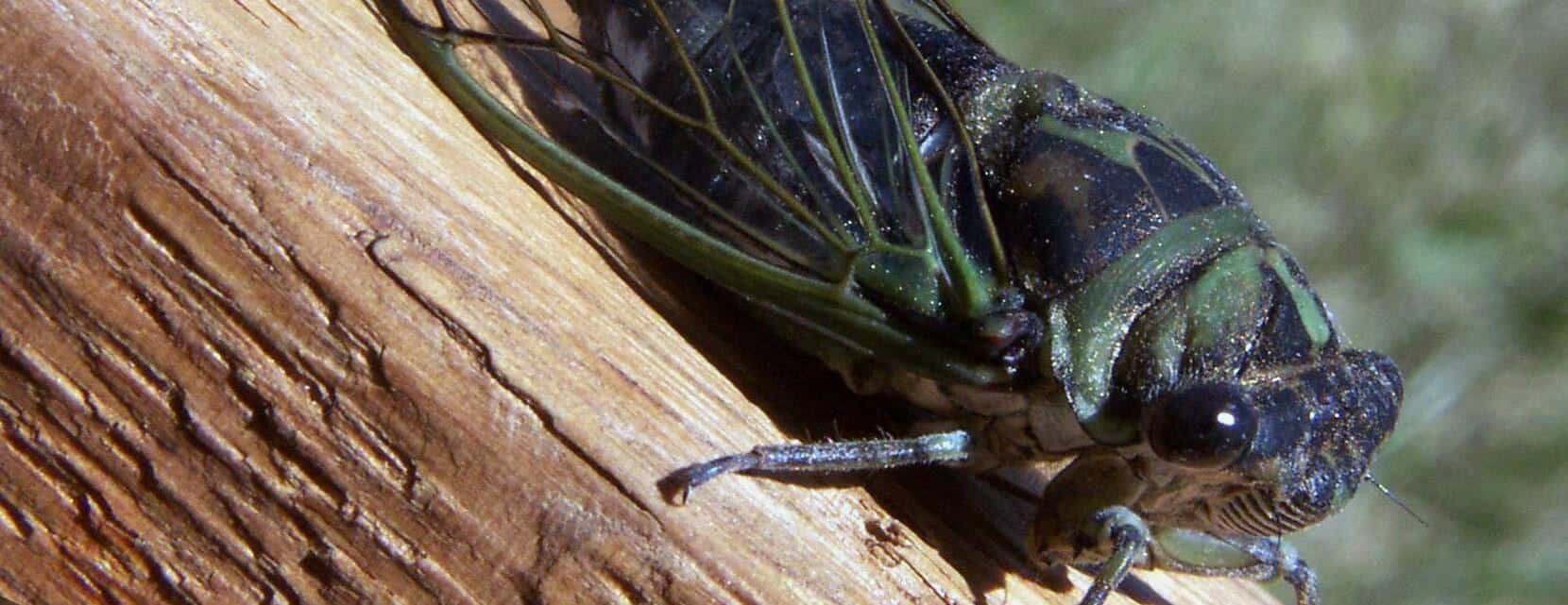
SPRINGFIELD, Ill. (IRN) — It could be a noisy spring and summer in parts of Illinois when Brood X cicadas come out of the ground after 17 years.
During this time, the insects have been living beneath the soil, where they tunnel and live off of tree root sap.
Illinois is home to two types of periodical cicadas, with both 13-year and 17-year life cycles present. Brood X is considered one of the largest of the 17-year cicada broods and is expected to emerge in parts of about 15 states this year.
Periodical cicadas emerge in large numbers when the soil temperature reaches 64 degrees and often after a soaking rain. For Illinois, that will likely mean mid-to-late May.
Josh Matta, senior biologist for Spectracide, said this year’s Brood X cicadas have a different look than other cicadas.
“These are actually a different color,” said Matta. “They are like a black color with orange eyes, so they are a little prettier than your normal, yearly cicada.”
Once the cicadas are out of the ground, it is all about romance. Once they emerge, they will likely begin mating, which is often met with the constant noise most associated with cicadas.
Although this emergence is expected to be significant, Illinoisans will be witnessing a larger event in the future. According to the University of Illinois, the northern Illinois brood, known as “Brood XIII” will emerge in 2024 and has the reputation for the largest emergence of cicadas anywhere.
Many people don’t know that you can eat the nutritious, red-eyed bugs, which are high in protein and low in fat.
“I not 100% sure of that,” Matta said. “I’m not a huge fan of bug-eating.”
By KEVIN BESSLER for the Illinois Radio Network
